I get frequent memory warnings in my application but I don't know why. Here is the snapshot of allocation instruments.

I know that we don't have any control over virtual memory assigned to us but I am trying to understand what information does that number 26.50 MB means for a developer.
1. What does a high VM means ? Does it lead to a jetsam ? Is that cause of any other concern ? 2. Is this value dependent on device ? 3. Does a low vm means that your app is memory efficient 4. Does a high VM leads to memory warnings in your app ? 5. What cause this value to change ? 6. What steps should a developer take when they see a high vm for their app (like 300 MB) ? 7. Is VM tracker instrument related to this value ?